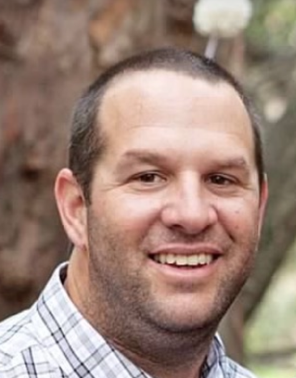
Blood-borne Pathogens for Wastewater Treatment Plants
Includes a Live Web Event on 07/21/2025 at 1:00 PM (PDT)
-
You must log in to register
- Non-member - $48
- Member - Free!
Member fee: $0.00
Non-Member fee: $48.00
1.8 contact hours towards CWEA certifications; All
Bloodborne pathogens are viral, bacterial, or fungal microorganisms present in human blood that can cause disease, serious illness or death in humans. During some work activities, wastewater treatment plant employees may come in contact with substances that contain bloodborne disease carrying pathogens. Bloodborne Pathogens training provides essential information for individuals who may be exposed to blood and other potentially infectious materials in their work. Bloodborne pathogens training covers how these pathogens are transmitted, how to prevent exposure, and what to do if exposed.
Learning Objectives
Defining bloodborne pathogens and providing examples of bloodborne pathogens that employes working in wastewater treatment plants may be exposed to
Understanding the risks of exposure to bloodborne pathogens including the various transmission sources
Identifying the actions employees should take to help keep themselves safe from bloodborne pathogens
Identifying key aspects for employers to include in a Bloodborne Pathogens Exposure Control Plan
Knowing what to do in the event of an expected exposure incident involving bloodborne pathogens

Sean Peacher, CSP, CA-PEM
Safety & Emergency Manager
South Orange County Wastewater Authority (SOCWA)
Registrants who view the live webinar to see the slides and hear the audio and then enter the correct attention check code (directions below) will receive 1.8 contact hours towards CWEA's certifications; All
To receive your contact hours for viewing the live webinar, please note the two (2) different attention check codes that will be displayed at two different points during the webinar in the top left or right corner of the presentation for approximately 90 seconds. Please enter these codes as 1st attention check code – 2nd attention check code (XXXX-XXXX) in the Attention Check Code component under the "Contents" tab.
Please note, all user activity of CWEA certification holders on the Online Wastewater Education Network is subject to the CWEA Code of Ethics standards for professional conduct and ethics. Certification holders should receive credit for a training only once within the same contact hour period. Any attempt to undermine the certification process may be subject to ethics procedures and possible sanctions. It is not possible to receive contact hours for both attending the live webinar and viewing the recording.
Once you have entered the correct attendance check codes, you will be able to create and download an electronic certificate of completion under the "Contents" tab.

